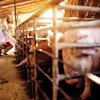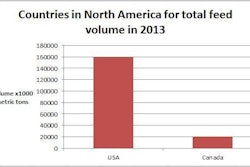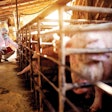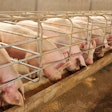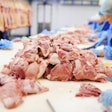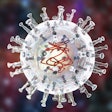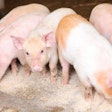From poultry to aqua feed, the figures presented in this issue’s World Feed Panorama reflect a production year impacted by the complications of disease. Regardless of the region, these maladies increasingly know no borders. This has grown ever more apparent as porcine epidemic diarrhea (PED) virus makes its way through North America.
Moving along an unidentified channel to the United States from Asia, PED virus has spread to 27 states and killed more than 5 million piglets since it was first detected less than a year ago. From there, it moved south to Mexico, and then, in February, to Canada.
Unfortunately, there are more questions than answers where PED virus is concerned. The oral-fecal route is a known method of transmission; however, after the virus was detected in Canada, bioassays of porcine blood plasma used in the feed tested positive for PED virus. Subsequent studies cannot determine if the traces found in the treated porcine by-product would — or could — be responsible for the outbreak. This left many wondering what role the feed industry plays in the spread of the disease.
With a 100 percent piglet mortality rate and no vaccine, understandably, some producers and feed manufactures have or will move away from the use of blood plasma; however, given its beneficial properties, others are willing to wait for more conclusive evidence.
Whatever your company’s risk mitigation strategy, no preventative measures should be overlooked. For this reason, management should be reviewing and enforcing its feed mill biosecurity practices and policies. For example, sterilizing feed transportation vehicles and enforcing employee hygiene to prevent cross contamination in the feed mill.
It is also recommended that feed manufactures who draw from a transcontinental ingredient supply chain verify that their suppliers have the incentive and the ability to ensure the safety of their stock. Some suggest conducting audits and/or employing certification programs as a means to protect the integrity of the finished feed product.
As the swine industry amps up its investment in PED virus research, all stakeholders hope for answers and science-driven solutions.

